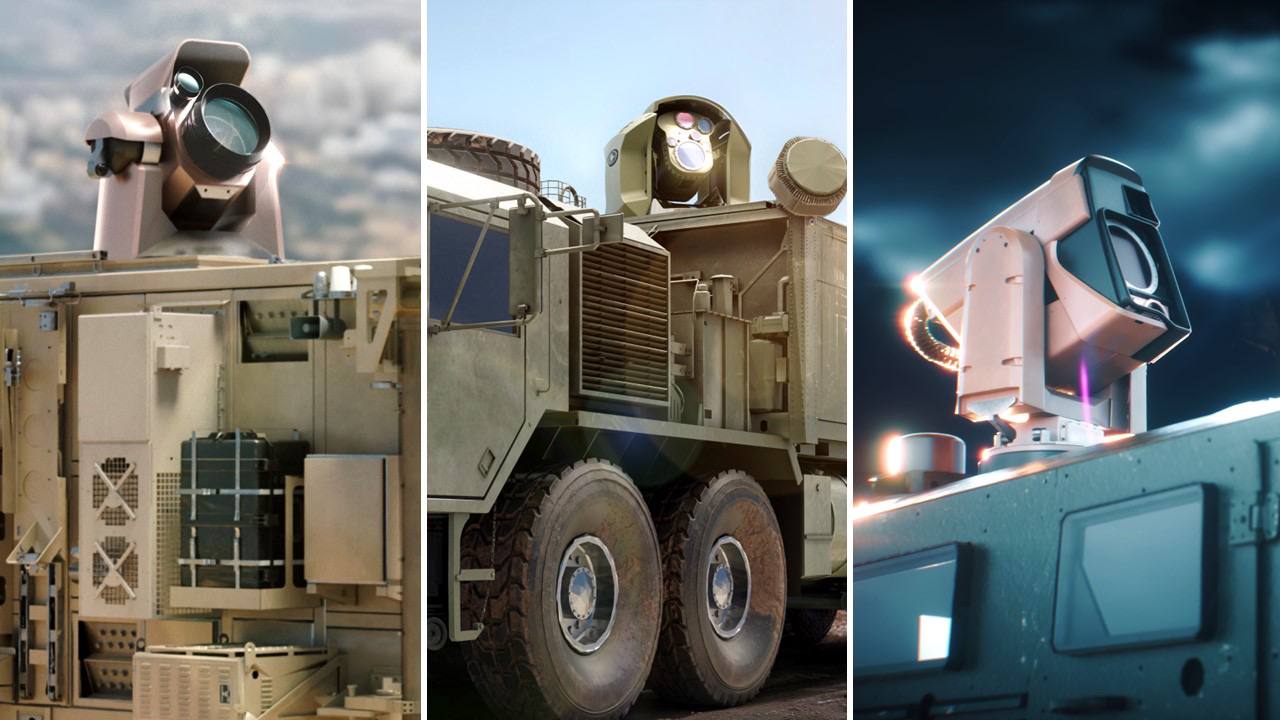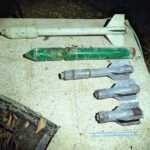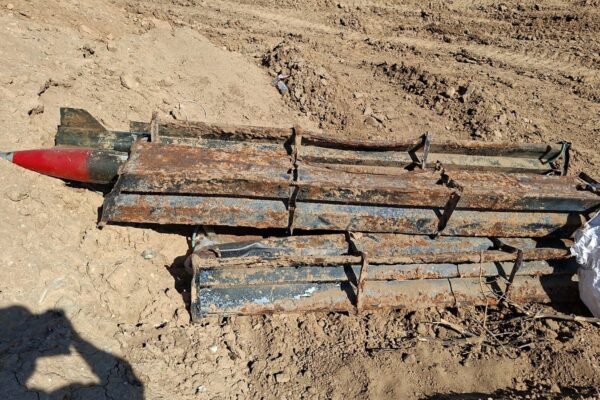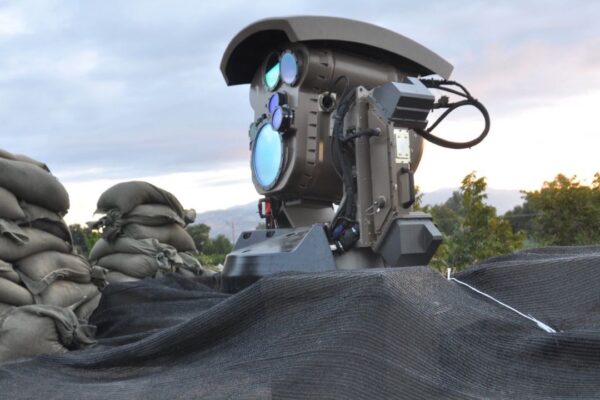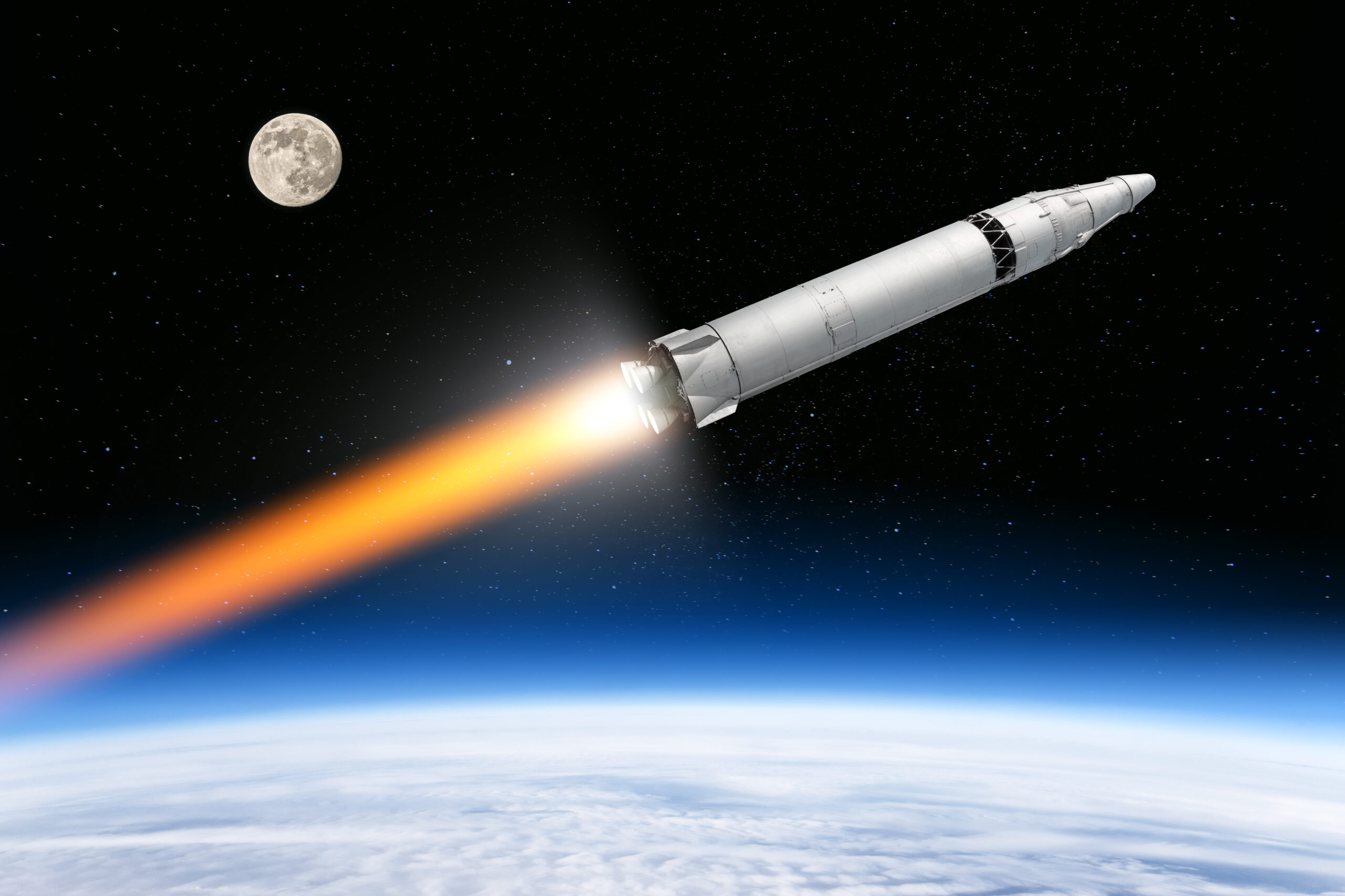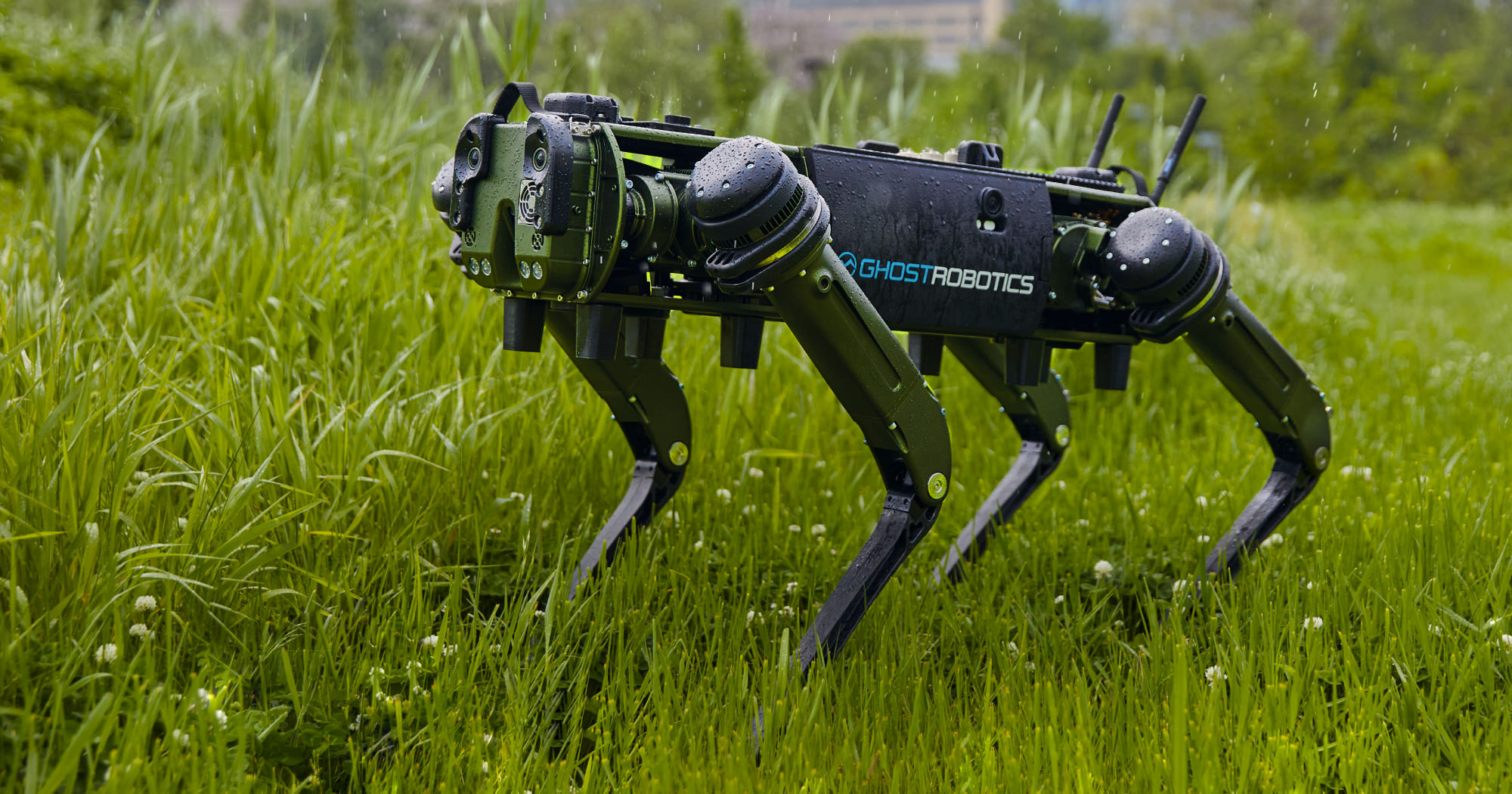BY Hezy Laing
Israel is on the cusp of a revolutionary leap in missile defense, with its laser-based interception system—Iron Beam, also known as Magen Or (“Light Shield).
Developed by Rafael Advanced Defense Systems in collaboration with the Ministry of Defense, Iron Beam is designed to shoot down rockets, mortars, drones using directed energy at the speed of light.
In the near future it may also be able to shoot down Iranian ballistic missiles.
The system has already proven itself in combat. In recent months, Iron Beam successfully intercepted dozens of aerial threats, including Hezbollah drones, during cross-border skirmishes.
Defense officials confirmed that the technology has matured, and the focus is now on industrial-scale production and integration into Israel’s multi-layered defense network, which includes Iron Dome, David’s Sling, and Arrow systems.
Unlike traditional systems such as Iron Dome, which rely on costly interceptor missiles (each costing between $40,000–$100,000), Iron Beam uses electric-powered lasers, reducing the cost per interception to just a few dollars.
This dramatic cost-efficiency allows for mass deployment and continuous operation, especially during large-scale barrages from Iran or its proxies like Hezbollah and Hamas.
Iron Beam currently has a range of 7–10 kilometers, ideal for short- to medium-range threats. However, future upgrades may extend its reach to counter long-range ballistic missiles launched from Iran.
The system is also designed to operate in tandem with radar and command units, enabling real-time threat detection and interception.
Maj. Gen. (res.) Michael Edelstein of Elbit Systems emphasized that Israel is “less than five years away” from deploying Iron Beam as a strategic shield against Iranian missile threats. Once operational, it will mark a paradigm shift in defense—offering instantaneous interception, unlimited ammunition, and near-zero cost per shot.
Requirements for Ballistic Missile Interception
Iron Beam, currently operates at around 100 kilowatts (kW) of laser power and has an effective range of approximately 7–10 kilometers which is effective for mortars and drones.
To neutralize medium- to long-range ballistic missiles, a laser system would likely need:
Power levels of 300 kW to 1 megawatt (MW) or more
Extended range of 20–100+ kilometers, depending on altitude and trajectory
Advanced beam focusing and tracking systems to maintain precision over long distances and through atmospheric interference
These upgrades would allow the laser to deliver enough energy to penetrate the missile’s casing, disrupt its guidance system, or detonate its warhead mid-flight.
As tensions with Iran continue to simmer, Israel’s investment in laser defense reflects its commitment to technological superiority and proactive deterrence. Iron Beam is not just a weapon—it’s a glimpse into the future of warfare.


